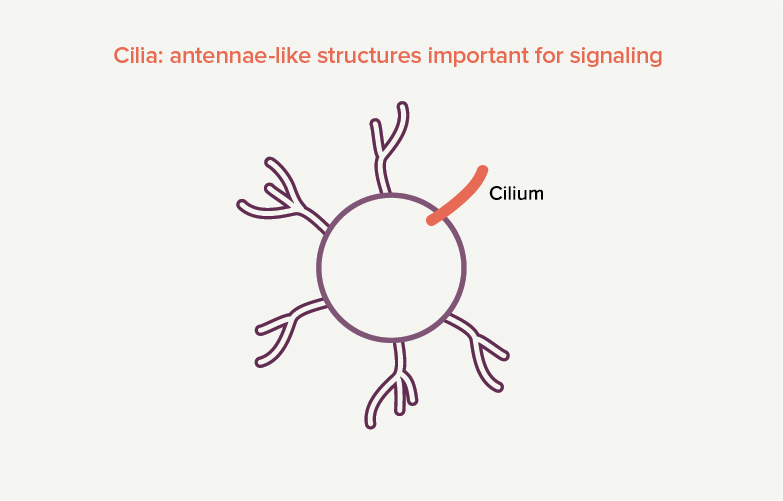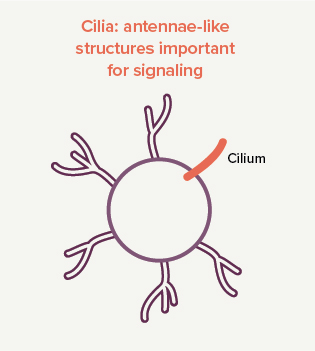ALSTRÖM SYNDROME
What causes Alström syndrome?


It is important to remember that the symptoms of Alström syndrome can develop at different times for different people. Not all people have the same symptoms. In fact, symptoms can vary even among siblings.
You don’t have to have all of the symptoms on the list below in order to be diagnosed with Alström syndrome. The main signs and symptoms of Alström syndrome include:
- Poor vision (cone-rod dystrophyCONE-ROD DYSTROPHY A condition that causes light-sensing cells in the retina (the back part of the eye) to not work properly, leading to progressive vision loss.)
- Sensitivity to light (photophobiaPHOTOPHOBIA Increased sensitivity to light.)
- Uncontrolled movement of the eye (nystagmusNYSTAGMUS Uncontrolled movements of the eye.)
- Severe, early-onset obesity (<1 year old)
- Insatiable hunger
- Short stature
- Progressive hearing loss (before age 10)
- Abnormal hormoneHORMONES Chemical messengers made in the endocrine glands that control body functions. levels (endocrine abnormalitiesENDOCRINE ABNORMALITIES The endocrine system is made of organs, glands, and hormones that tell the body how to do its job. This system influences how your heart beats, how you use the food you eat, how you grow, and many other important body functions. An endocrine abnormality means that one or more parts of the system are not working the way they should. such as insulin resistance)
- Dilated heart muscle (cardiomyopathyCARDIOMYOPATHY A condition where the heart is abnormally enlarged, which compromises its ability to pump blood to the rest of the body.)
- Liver disease
- Progressive kidney disease
Additional signs and symptoms
Babies with Alström syndrome are typically of average weight at birth, but begin to rapidly gain weight within the first weeks of life. Weight gain usually continues into adult life, though some people might see their weight normalize after their teenage years. Almost 98% of teenagers with Alström syndrome are in the 5th percentile or less for height.
Children and teenagers may also experience hearing loss, an enlarged heart, liver, or spleen, insulin resistance syndrome, type 2 diabetes, and end-stage renal disease (ESRD).
Like many rare genetic diseases of obesity, Alström syndrome can be diagnosed on the basis of clinical findings. If Alström syndrome is suspected by your doctor based on clinical signs and symptoms, a genetic test can be ordered to help confirm a diagnosis.

disease of obesity?

I think I may have a rare genetic disease of obesityWhere can I connect with people like me?
